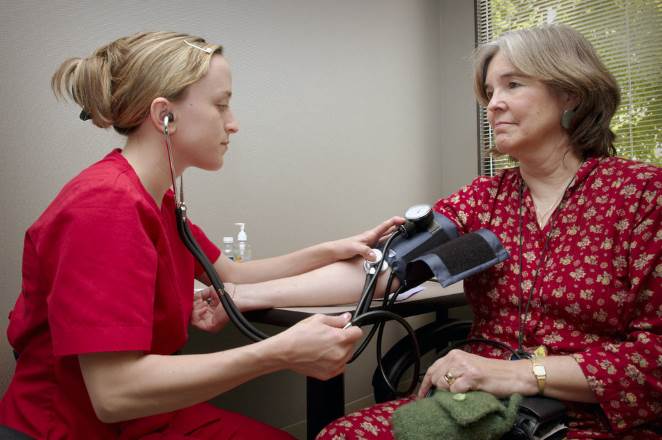Safety Considerations for Prolonged Rehydration Interventions
Prolonged rehydration interventions must balance restoring fluid balance with careful monitoring to avoid complications. This summary highlights assessment, electrolyte management, diagnostics, monitoring, nutrition, and follow-up for safe rehydration.

Effective prolonged rehydration interventions require a structured approach that emphasises patient safety, measurable goals, and ongoing review. Restoring and maintaining fluid balance over days to weeks differs from single-episode rehydration: it often involves tailoring fluid composition, pacing replacement, and anticipating complications related to comorbidities or medications. Clear documentation, interdisciplinary coordination, and regular reassessment reduce the risk of fluid overload, electrolyte shifts, or delayed recovery during long-term care.
This article is for informational purposes only and should not be considered medical advice. Please consult a qualified healthcare professional for personalized guidance and treatment.
How is hydration assessed?
Assessment of hydration status combines clinical judgement with objective measures. Start with a focused history that documents fluid intake, losses (vomiting, diarrhea, diuretics), weight trends, and symptoms such as dizziness or reduced urine output. Physical examination should include orthostatic vital signs, mucous membranes, capillary refill, and skin turgor, while daily weight and intake/output charts provide quantifiable trends. Laboratory assessment—serum sodium, creatinine, blood urea nitrogen, and osmolality—adds diagnostic precision for prolonged rehydration planning.
How do electrolytes affect rehydration?
Electrolytes are central to safe rehydration because sodium, potassium, chloride and bicarbonate influence intravascular and intracellular shifts. Incorrect or overly rapid correction of sodium can cause neurological injury, while inadequate potassium replacement risks cardiac arrhythmias. Rehydration choices should reflect the electrolyte composition of losses and the patient’s baseline status. Tailored replacement fluids and scheduled laboratory checks guide supplementation and reduce the risk of adverse events during prolonged interventions.
What diagnostics guide prolonged intervention?
Diagnostics for prolonged rehydration extend beyond baseline labs to targeted testing when recovery stalls. Serial serum and urine electrolytes, urine osmolality, and fractional excretion measurements help distinguish renal from non-renal causes of fluid imbalance. Cardiac evaluation or renal imaging may be warranted if heart or kidney dysfunction complicates management. Endocrine testing should be considered when osmotic disorders are suspected. The diagnostic plan determines whether oral, enteral, or intravenous routes are safest and most effective.
How should monitoring manage fluid balance?
Continuous monitoring is essential to maintain fluid balance and detect complications early. Protocols often include daily weights, strict intake and output records, and regular bloodwork to track trends. For higher-risk patients, bedside ultrasound assessment of intravascular volume or lung ultrasound for pulmonary edema can inform adjustments. Clear thresholds for escalation—such as rising creatinine, worsening hyponatraemia, or unexpected weight gain—ensure prompt modification of the rehydration strategy and coordination with specialists when needed.
How to design a hydration plan with nutrition?
A hydration plan should integrate nutritional considerations that influence long-term fluid handling. Dietary sodium and protein intake affect renal water handling and may require adjustment during rehydration. Oral rehydration solutions or fortified fluids can be matched to electrolyte losses, while enteral feeding may necessitate fluid-dense formulations. Collaboration with dietitians helps align caloric, protein and micronutrient goals with safe rehydration techniques, especially in patients with swallowing difficulty or malabsorption.
What follow-up and patient care is needed?
Follow-up supports sustained recovery and reduces relapse risk. Arrange scheduled reassessments for clinical status, weights, and targeted labs at intervals suited to the patient’s risk profile and pace of correction. Educate patients and caregivers about signs of dehydration and overload, interactions with medications (for example, diuretics), and practical hydration strategies. Documentation of a clear hydration plan with contingency steps and coordination with local services or primary care enhances continuity and long-term safety of the intervention.
In summary, prolonged rehydration interventions are safest when guided by thorough assessment, targeted diagnostics, careful electrolyte management, and structured monitoring. Integrating nutrition into a personalised hydration plan and ensuring planned follow-up and patient care coordination reduce complications and support durable recovery. Regular reassessment and clear communication among care providers and patients are essential to maintain fluid balance and optimise outcomes.






